International wars frequently have serious aftereffects. The conflict between Russia and Ukraine is still seriously disrupting agricultural markets and endangering the security of the world's food supply even in its second year.
The issue of persistent global food price inflation is still very much alive, with rates above 5% in over 60% of low-income nations. With famine predicted in the northern governorates by May 2024, the situation in the Gaza Strip has reached catastrophic proportions, underscoring the urgent need to address food shortages.
The enduring prospect of rising food costs hangs over nations globally amidst continued economic difficulties on a global scale. According to recent data, the inflation rate of domestic food prices is still disturbingly high, with over 60% of low-income nations seeing rates more than 5%. This alarming pattern has not changed since the World Bank's February 29, 2024, most recent report.
From different income levels, the data presents a complex picture. Even while inflation rates in lower-middle-income nations have decreased by 2.2 percentage points, they are still alarmingly high at 63.8%. On the other hand, 46% of upper-middle-income countries have experienced an increase in inflation of 4.0 percentage points.
Remarkably, approximately 30% of people still struggle with inflation rates above 5% in high-income nations, where economic stability is frequently assumed. When seen in a more practical context, the data highlights the gravity of the problem by showing that in over two-thirds of the 167 nations studied, the inflation of food prices has surpassed global inflation.
Worries are heightened by the recent spike in wheat and farm prices. Both indexes ended the week 2% higher than they had two weeks earlier, and export prices increased by 1% as well. Among the grains, the price of maize increased by an astounding 12%, although the price of wheat decreased by just 4%. The cost of rice, meanwhile, didn't alter. Comparing prices year over year reveals a mixed bag of results, with rice prices rising by 27% and maize and wheat prices experiencing notable declines of 32% and 21%, respectively.
Reports from the Integrated Food Security Phase Classification (IPC), which issued a grim warning on the Gaza Strip, further highlight how serious the situation is. Food insecurity is at an extreme level, with famine expected to threaten the northern governorates by May 2024. It is concerning to see that 1.11 million people, or half of the population, are in IPC Phase 5 (Catastrophe), and 854,000 are in Phase 4 (Emergency).
There are often severe aftereffects of international conflicts. Now in its second year, the conflict between Russia and Ukraine is still causing enormous disruptions to agricultural markets and jeopardising global food security.
Russia's invasion on February 24, 2022, started the conflict, which has affected trade and agricultural output in Ukraine, a significant exporter, raising fears on a worldwide level.
Moreover, a recent extensive investigation has shown the connection between food costs and undernourishment in children. The results indicate that a mere 5% rise in actual food costs within a three-month duration may worsen the likelihood of wasting and severe wasting in children under five by 9% and 14%, respectively. Children from rural, low-income homes and young males are among the vulnerable categories who are disproportionately impacted.
Countries have turned to trade-related measures as a reaction to these difficulties, which has made the world food crisis even more complicated.
The worldwide food crisis has worsened as of March 11, 2024, when 16 nations had enacted 23 restrictions on food exports and 8 had put in place 15 export-limiting measures.
The World Bank has responded to the global food crisis by committing $30 billion in May 2022; this pledge is now evaporating need $45 billion.
This program benefits 335 million people in 90 countries, with a focus on women's empowerment. International organisations are calling for immediate action to stop the situation from getting worse, emphasising the need for focused interventions and resilience-building techniques.
Globally, as countries struggle with the intricate interactions of economic, geopolitical, and environmental issues, coordinated efforts are required to address the underlying causes of food insecurity and lessen its devastating effects on the most vulnerable populations.
End//voice7news
A global news agency.



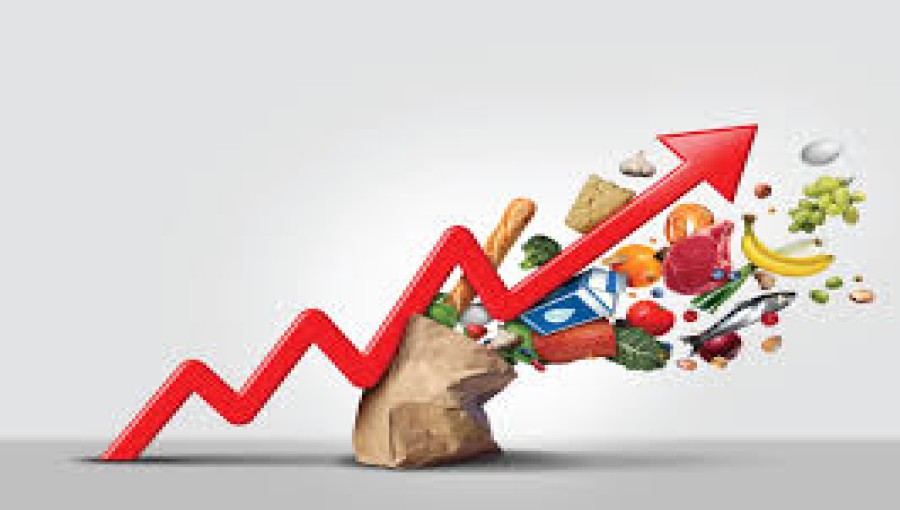


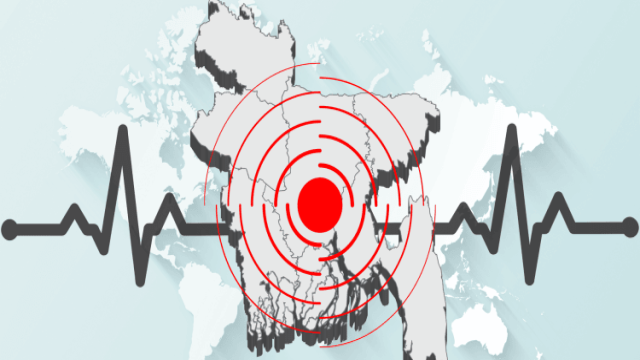



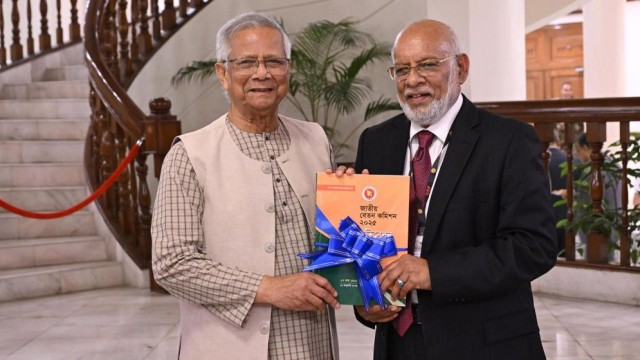






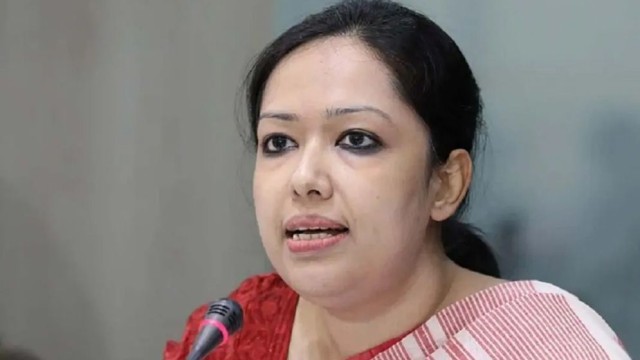
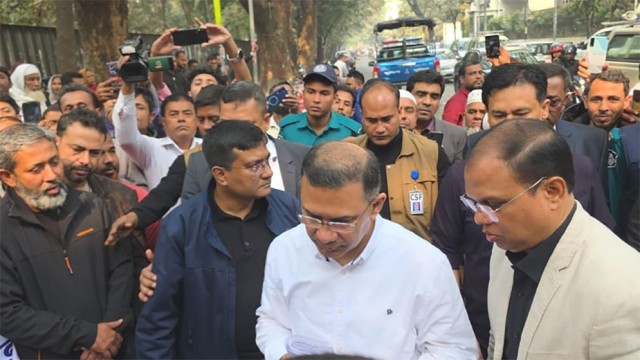
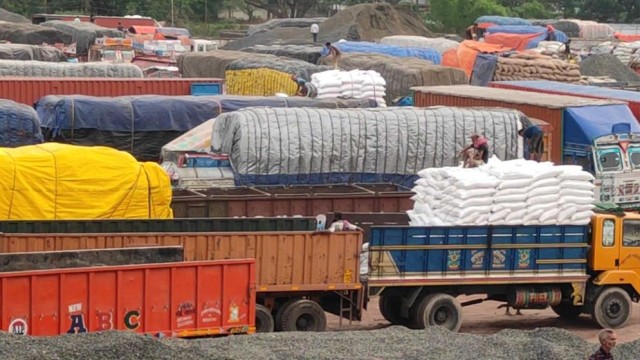











Comment: